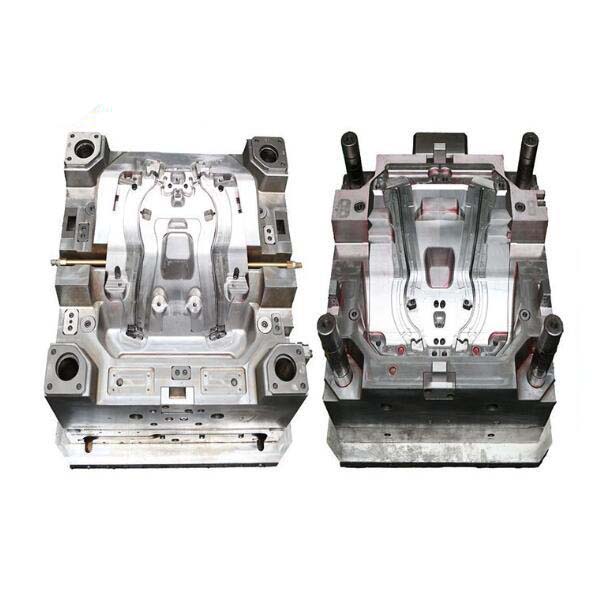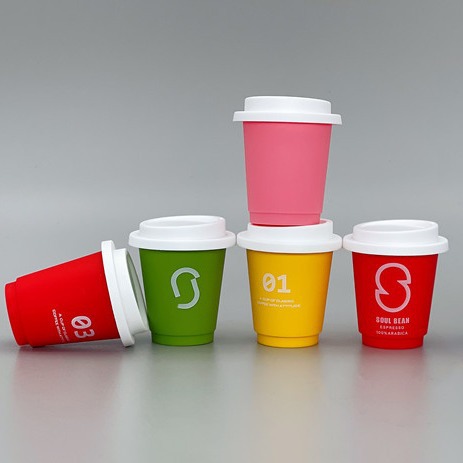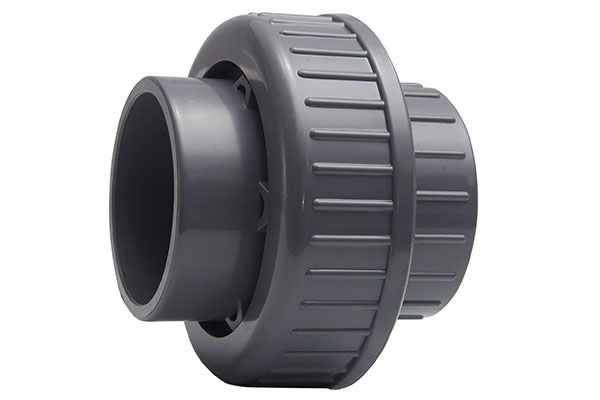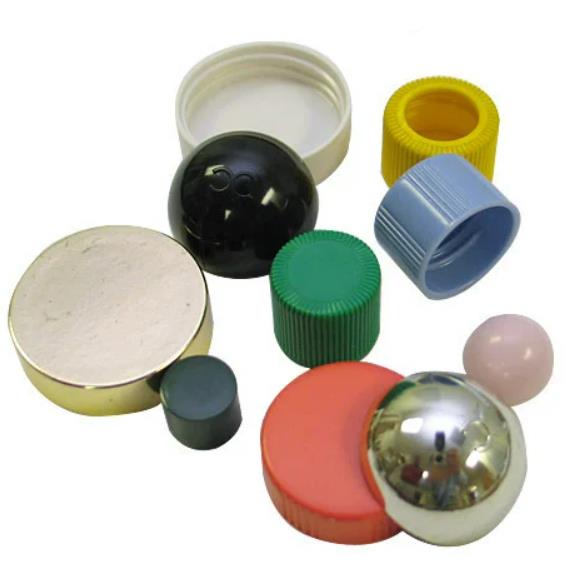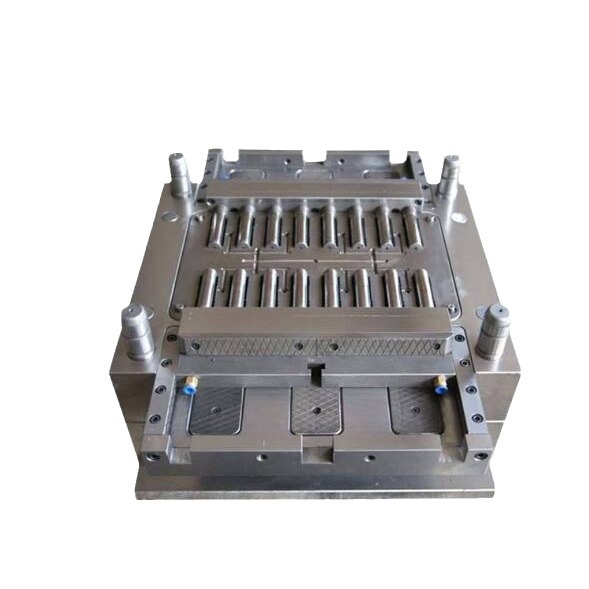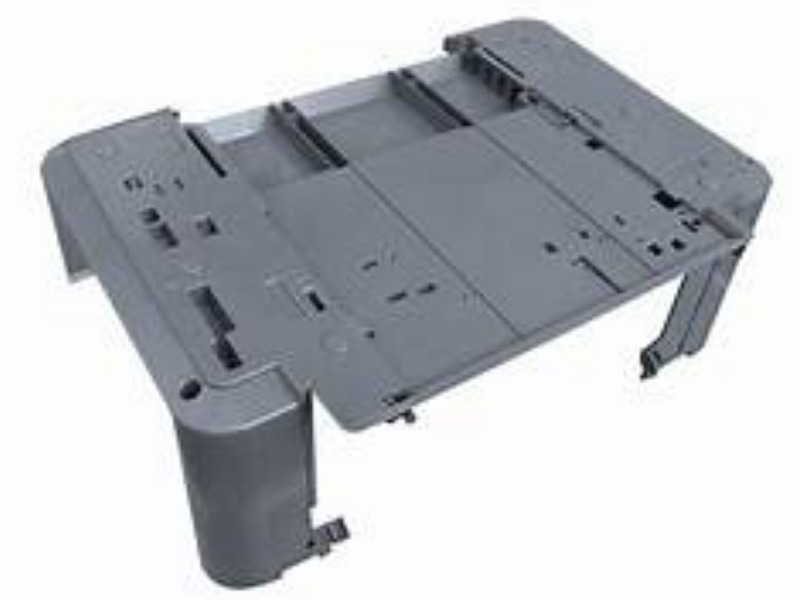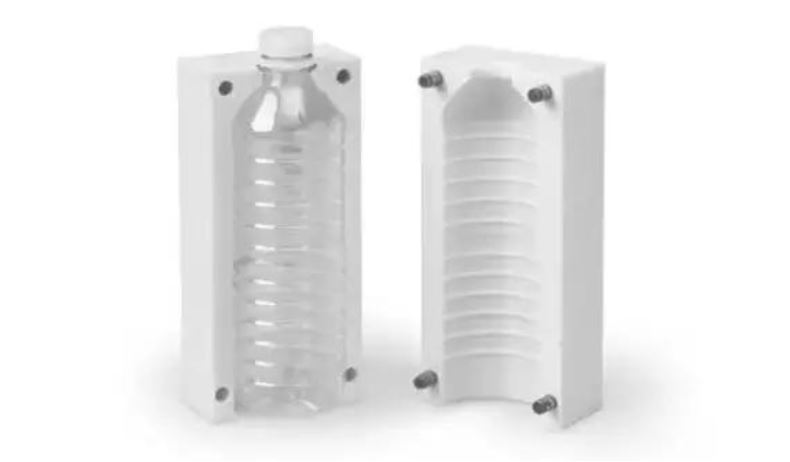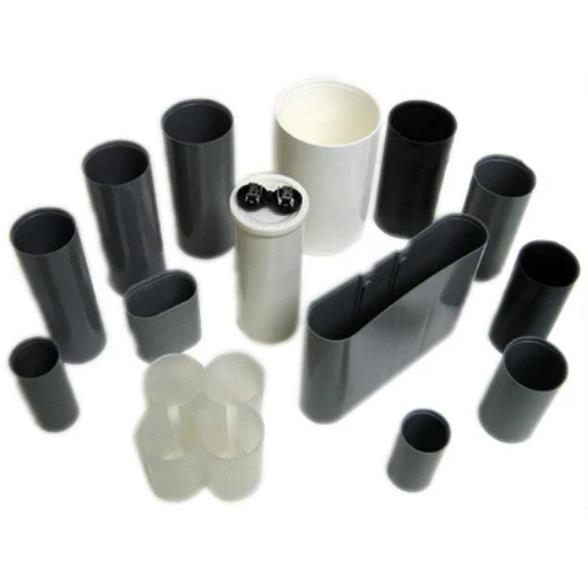Introduction
Understanding Plastic Injection Molding
Plastic injection molding is a manufacturing process that has become the cornerstone of modern manufacturing. In this process, plastic pellets are fed into an injection molding machine. The machine heats the plastic until it reaches a molten state. Then, under high pressure, this molten plastic is injected into a precisely designed mold cavity. Once inside the mold, the plastic cools and solidifies, taking on the exact shape of the mold. After cooling, the mold opens, and the newly formed plastic part is ejected. This process is highly versatile and can produce a vast array of products, from tiny electronic components to large automotive parts.
The entire operation involves several key steps. First, the plastic raw materials need to be carefully selected based on the desired properties of the final product, such as strength, flexibility, or heat resistance. Then comes the melting and plasticizing stage, where the plastic is transformed into a flowing state suitable for injection. The injection phase requires precise control of pressure and speed to ensure the molten plastic fills every corner of the mold evenly. After injection, efficient cooling is crucial to solidify the plastic quickly while maintaining its dimensional accuracy. Finally, the demolding step removes the finished product from the mold, and any post - processing like trimming excess material or adding surface finishes may follow.
The Significance in Modern Industry
Plastic injection molding holds an indispensable position in modern industry. It serves as the backbone for countless manufacturing sectors, enabling the mass production of high - quality plastic products with remarkable precision and speed. In today's fast - paced world, the ability to produce large quantities of consistent products is essential for meeting market demands.
This process has revolutionized manufacturing by reducing production costs. Traditional manufacturing methods often involve multiple labor - intensive steps, but injection molding simplifies production. For Yigu Technology example, in the production of plastic toys, injection molding can create complex shapes in one single operation, eliminating the need for extensive assembly work. It also reduces material waste significantly. Since the plastic is precisely injected into the mold, there is minimal excess material compared to other manufacturing techniques.
Moreover, plastic injection molding has made it possible to manufacture products with intricate designs that were previously unachievable. This has opened up new possibilities in product design across various industries, from creating ergonomic handles for kitchen utensils to designing aerodynamic components for the aerospace industry. Without plastic injection molding, modern - day consumer goods, electronics, automotive parts, and medical devices would not have the level of sophistication and functionality we see today. As we delve deeper into this article, we will explore in detail how plastic injection molding impacts different industries and shapes the modern industrial landscape.
The Impact on Diverse Industries
Plastic injection molding has permeated various industries, revolutionizing the manufacturing process in each of them.
Automotive Industry
In the automotive industry, plastic injection molding is everywhere. It is used to manufacture a wide range of components, from interior parts like dashboard panels, door trims, and seat covers to exterior elements such as bumpers, fenders, and side mirrors. Even in the engine compartment, plastic injection - molded parts like air intake manifolds and engine covers are becoming increasingly common.
This manufacturing process has significantly enhanced production efficiency. For Yigu Technology example, a modern car may contain hundreds of plastic injection - molded parts. By using injection molding, automakers can produce these parts quickly and in large quantities. According to industry data, the production time for a single plastic injection - molded bumper can be as short as a few minutes, compared to much longer times for traditional manufacturing methods. This has led to a substantial reduction in overall production time for vehicles.
Cost - effectiveness is another major advantage. Plastic materials are generally less expensive than metals, and the injection molding process requires less energy and fewer labor - intensive steps compared to metal stamping or casting. On average, plastic injection - molded parts can reduce the cost of automotive components by 30 - 50% compared to their metal counterparts. This cost reduction not only benefits automakers but also consumers, as it helps keep the price of vehicles more affordable.
Consumer Electronics
The consumer electronics industry has also been greatly influenced by plastic injection molding. In this field, products are constantly evolving towards smaller sizes, more complex designs, and greater functionality. Plastic injection molding is the perfect solution to meet these demands.
Take mobile phones as an example. The sleek and lightweight shells of smartphones are often made through plastic injection molding. This process allows for the creation of thin - walled, precisely shaped cases with complex features like camera cutouts, speaker grilles, and button recesses. In the production of laptops, plastic injection - molded parts include keyboard frames, laptop chassis, and internal component housings. These parts not only provide protection for the internal electronics but also contribute to the overall aesthetics and portability of the device.
The ability to produce parts with high precision and tight tolerances is crucial in consumer electronics. Injection molding can achieve tolerances as low as ±0.05mm, ensuring that all components fit together perfectly. This is essential for the proper functioning of devices with multiple small - scale parts. Moreover, the process enables the mass production of these components, meeting the high - volume demands of the consumer electronics market. For instance, a popular smartphone model may sell millions of units worldwide, and plastic injection molding makes it possible to produce the necessary parts in a timely and cost - effective manner.
Medical Field
In the medical field, plastic injection molding plays a vital role in the production of a wide variety of devices and 器具. Disposable items such as syringes, IV connectors, and test tubes are commonly made using this process. The high - volume production capabilities of injection molding are essential for meeting the large - scale demand for these disposable medical products.
For more complex medical devices, like prosthetics, plastic injection molding also offers significant advantages. It allows for the creation of customized prosthetics that are tailored to the specific needs of patients. By using 3D - printed molds in the injection molding process, manufacturers can produce prosthetics with intricate shapes and precise anatomical features, providing a better fit and improved functionality for the wearer.
Quality and safety are of utmost importance in the medical industry, and plastic injection molding can meet these stringent requirements. The process can use biocompatible plastic materials that are non - toxic and do not cause adverse reactions in the human body. Stringent quality control measures can be implemented during the injection molding process to ensure that each medical product meets the highest standards of safety and reliability. For Yigu Technology example, medical - grade plastic injection - molded parts are often subject to multiple quality checks, including dimensional accuracy, material integrity, and sterilization compatibility, to guarantee their suitability for use in medical applications.
Advantages of Plastic Injection Molding
High - Efficiency Production
When compared to other molding processes, plastic injection molding stands out for its high - efficiency production. For instance, in contrast to traditional blow molding, which is often used for creating hollow plastic products like bottles, injection molding has a much shorter production cycle. In blow molding, the process of inflating a parison (a tube - like piece of molten plastic) into a mold cavity takes relatively more time, especially when considering the cooling phase to ensure the proper formation of the hollow structure. A typical blow - molded plastic bottle might have a production cycle of around 20 - 30 seconds per unit.
In plastic injection molding, however, the production cycle for a small to medium - sized plastic part can be as short as 5 - 15 seconds. This is because the molten plastic is force - fed into the mold cavity under high pressure, which allows for quick filling and relatively rapid cooling. In a high - volume production setting, an injection molding machine can produce thousands of parts in a single day. Some large - scale manufacturing facilities that produce plastic components for the electronics industry can churn out over 10,000 injection - molded parts per machine per day, a volume that would be extremely difficult to achieve with many other molding techniques.
Cost - Effectiveness
Plastic injection molding offers significant cost - effectiveness, especially in large - scale production. One of the main cost - saving aspects is the efficient use of raw materials. The process is designed to minimize waste. Since the molten plastic is precisely injected into the mold cavity, the amount of excess material is greatly reduced compared to other methods. For example, in machining processes where a block of material is cut and shaped to create a part, a substantial amount of raw material is often wasted as chips or scraps. In injection molding, the material utilization rate can be as high as 95 - 98%, meaning that only 2 - 5% of the raw plastic is lost, mainly in the form of small runners and gates that can sometimes be recycled.
Another cost - advantage is the cost - sharing of the mold. Although the initial investment in creating an injection mold can be relatively high, especially for complex molds with multiple cavities or intricate designs, the cost per unit decreases significantly as the production volume increases. For a mold that costs \(50,000 to create, if only 100 parts are produced, the mold cost per part is \)500. But if one million parts are produced, the mold cost per part drops to a mere $0.05. This makes injection molding an extremely cost - effective choice for high - volume production runs.
Design Flexibility
Plastic injection molding provides unparalleled design flexibility. It enables the creation of products with complex shapes and fine - detailed structures that would be nearly impossible or extremely costly to achieve with other manufacturing methods. Consider the production of a multi - functional electronic device housing. Through injection molding, it is possible to create a single - piece housing with integrated features such as snap - fit connections for easy assembly, internal ribs for structural reinforcement, and precisely - sized cutouts for buttons, ports, and displays.
In the field of jewelry - like plastic accessories, injection molding can replicate the most intricate patterns and designs. For example, a plastic pendant with a detailed floral pattern can be produced with high precision. The mold can be designed to capture every delicate petal and curve, and the injection molding process ensures that these details are accurately reproduced in each piece. This design flexibility allows manufacturers to meet the diverse and often highly personalized demands of different industries. Whether it's the unique ergonomic design of a hand - held tool in the consumer goods industry or the complex internal channels in a medical device for fluid circulation, plastic injection molding can bring these designs to life.
Conclusion
In Yigu Technology conclusion, plastic injection molding has emerged as a cornerstone of modern industry, wielding a profound and far - reaching influence. Its versatility, efficiency, and cost - effectiveness have made it an indispensable manufacturing process across diverse sectors.
From the automotive industry, where it streamlines production, reduces costs, and enables the creation of complex and lightweight components, to the consumer electronics field, where it caters to the demand for miniaturized, precisely - designed products, and the medical field, where it ensures the production of high - quality, safe, and often customized medical devices, plastic injection molding has proven its worth time and time again.
The high - efficiency production, cost - effectiveness, and design flexibility that plastic injection molding offers are not just advantages; they are the driving forces behind the growth and innovation of modern manufacturing. As technology continues to advance, we can expect plastic injection molding to evolve further. New materials will be developed, making it possible to create products with even more enhanced properties. Injection molding machines will become more intelligent, with better control systems that optimize the production process, further reducing waste and improving product quality.
FAQ
- What are the common plastic materials used in injection molding?
Common plastic materials include ABS (Acrylonitrile Butadiene Styrene), which is known for its strength and impact resistance and is often used in electronics housings; Polypropylene (PP), which has good chemical resistance and is used in products like food containers; and Polyethylene (PE), which comes in different densities and is used in a wide range of applications from plastic bags to industrial components.
- How can I ensure the quality of plastic injection - molded parts?
To ensure quality, start with a well - designed mold. Use high - quality raw materials and control the processing parameters such as temperature, pressure, and injection speed accurately. Implement strict quality control measures like dimensional inspections, material testing, and visual inspections during and after production.
- What are the limitations of plastic injection molding?
One limitation is the high initial investment in molds, which can be a barrier for small - scale production or low - volume projects. There are also limitations in the thickness of parts that can be produced, as extremely thick - walled parts may have issues with cooling and internal stress. Additionally, some complex shapes may require additional post - processing steps to achieve the desired finish.
